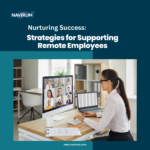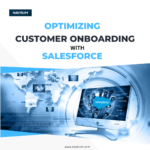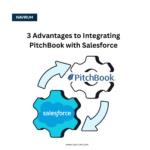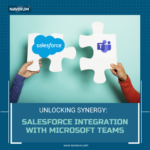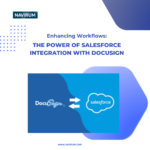
- Understand your business goals: The Salesforce CRM offers a huge amount of functionality. It’s really important to understand what your business goals are so these can be aligned with specific functionality in Salesforce. For example, a business goal might be to grow your business by 30%. This can be aligned with growth functionality in Lead and Opportunity Management in Salesforce. Another goal could be to increase customer satisfaction by 20%, which can be aligned with customer service functionality in Salesforce Case and Account Management.
- Get stakeholder involvement: Be sure to get a range of people across your company involved in the project. ACT! has been around for a while. For many of the ACT! migrations we have helped with, customers have had the system in a business for 15-20 years. Bringing multiple stakeholders e.g. from sales, customer service, management, etc, is a great way to get a broader understanding of your requirements and will help improve user adoption through a wider company-wide contribution.
- Sharing ACT! access: As ACT! runs on traditional servers, sharing access with external consultants can be a challenge for many reasons. This shouldn’t put you off migrating. We recommend you share screenshots of the objects to be migrated including the subtabs in scope. Also, export data samples into excel spreadsheets and sharing these with the implementation team. Check procedures with your legal counsel before sharing customer data. Signing NDAs, encrypting data, etc is the norm for these types of projects.
- Get ready for a different data model: Although there are similarities between the ACT! and the Salesforce data model, there are differences. It’s important to map the data model and fields from ACT! to Salesforce at the start of the project as part of the design phase. This will allow you to bring over some of the key fields you want to retain from ACT! as well as ensuring your data is imported as efficiently as possible.
- Focus on the benefits of Salesforce not ACT!: When migrating many customers want to bring some of the old ACT! functionality with them. It’s normal to bring some, including objects and fields, as mentioned above. Outside of the data model specific to your business, the vast majority of ACT! functionality already exists in Salesforce. Try to match the functionality during the migration but stay focused on the benefits of Salesforce as this is where the long-term value will be for your company.
- Prioritize training: Moving from ACT! to Salesforce is not just a technology project, it’s an exercise in change management. Many habits, behaviors, and informal processes more than likely surround ACT! in your business. It’s really important to invest in training your staff on Salesforce using classroom-based training, as well as using other channels like Trailhead, which is an amazing free online learning platform that can be customized around each users learning need. This will help create a healthy system adoption and ensure you get off to possible start using Salesforce!
Get in touch with us today to learn more about how we can help you take your business to the next level!

